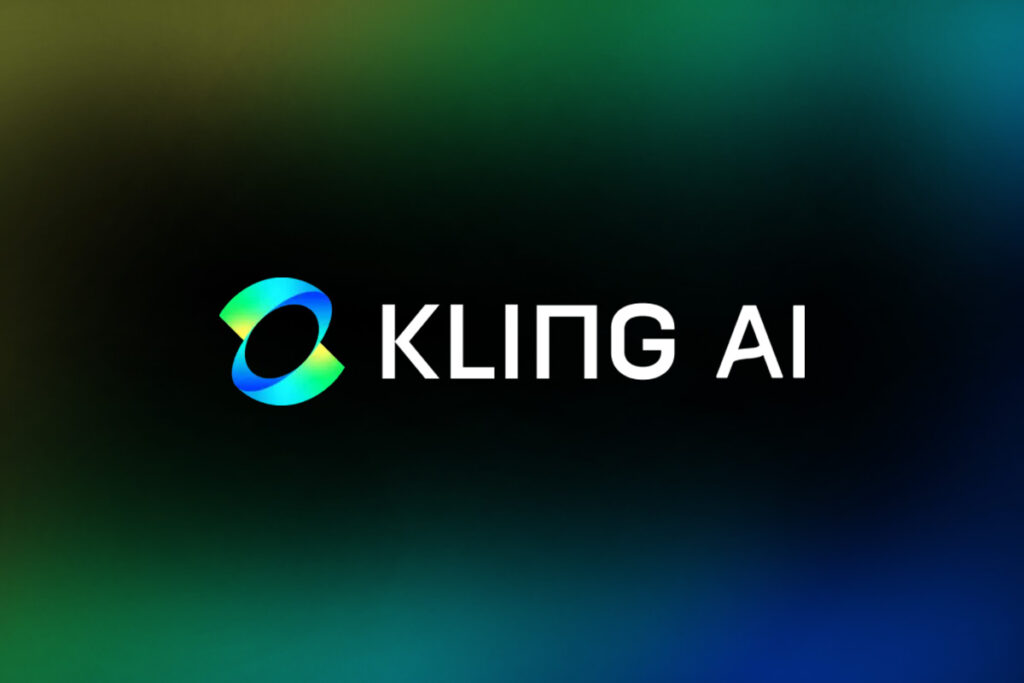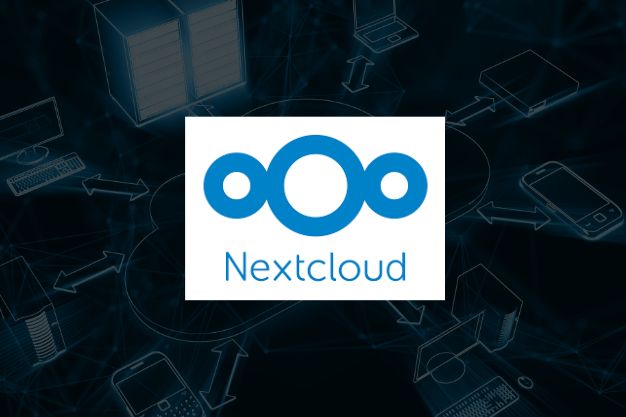Few technologies have had such an impact on the software development industry as Docker. Since Docker emerged in 2013, it has come to represent contemporary application development. Why has it become so essential to developers all over the world?
What is Docker?
Docker bundles applications together to operate uniformly across various computing systems. This technology wraps up an application alongside all its required components, creating a consistent runtime environment that travels with the application. This has made Docker an integral part of modern software development workflows.
The Architecture Behind Docker
Docker functions through a client-server design that consists of several essential elements:
- Docker Engine is the runtime that builds and controls containers. It comprises a background-running daemon process, a command-line interface (CLI) for user interaction, and a REST API for communication.
- Docker Images function as immutable blueprints for container creation. These templates include all the essential components required for application execution. Dockerfile instructions create images, which are shared via Docker registries.
- Docker Containers are instances of Docker images in operation. These utilize the host system’s kernel, which makes them significantly more resource-efficient.
- Docker Registry is the centralized storage system for housing and sharing Docker images. Although companies frequently use private registries for proprietary applications, Docker Hub is the default public registry.
Why Docker is a Developer’s Best Friend
- Environment Consistency – Docker guarantees consistent environments for development, testing, and production. Debugging time and deployment problems are significantly decreased by this consistency.
- Rapid Development and Deployment – Docker Compose can coordinate multiple containers simultaneously, establishing complete development setups within moments.
- Resource Efficiency – Multiple containers operate on one machine without creating substantial performance overhead as Docker containers share the host OS kernel.
- Scalability and Orchestration – Developers can share their Docker images and be orchestrated using Kubernetes or deployed on cloud platforms without any changes when it’s time to scale.
- Simplified Collaboration – Regardless of operating system or local configuration, team members can share entire development environments, guaranteeing that everyone works with the same setups.
Docker in Action: Key Use Cases
- Microservices Ready: Docker is a logical choice in the age of microservices. Each service can operate in its own container, making complex system development, testing, deployment, and scaling much easier.
- Seamless CI/CD Integration: Docker works beautifully with continuous integration and continuous deployment. The code behaves identically across all stages.
- Application Modernization: Without undergoing a complete rewrite, older applications can be containerized and implemented in contemporary settings.
- Development Environment Setup: New teams can be given environments that are already set up. This guarantees a consistent learning experience and cuts down on setup time.
Getting Started with Docker
Make a Dockerfile—a text document with instructions for creating a Docker image. It may include instructions for running the application, dependencies, the application code, and a base image.
When dealing with complex setups, Docker Compose uses YAML configuration files to manage applications built from several containers working together. This approach shines when your project depends on various backend services.
The Ecosystem and Beyond
A whole ecosystem of tools and services has emerged as a result of Docker’s success. Centralized image storage is offered by container registries such as Docker Hub and Amazon ECR. Containers are managed at scale by orchestration platforms such as Kubernetes. Containerized application insights are provided by monitoring tools such as Grafana and Prometheus.
Security and Best Practices
Although Docker provides significant advantages, maintaining security requires careful attention to established practices. Choose verified base images from trusted sources. Keep containers current and implement the principle of least privilege by limiting container permissions. Integrate image vulnerability scanning into development workflows to catch problems early. Use secret management systems for sensitive data and network segmentation between containers. Regularly audit container configurations and maintain a secure containerized infrastructure.
The Future of Docker
As cloud-native development keeps moving forward, Docker sits right at the center of this progress. Companies ready to embrace these powerful technologies benefit from expert guidance. Voilawex, a top digital marketing firm headquartered in Cochin, Kerala, assists brands in India to build a strong online presence with its innovative digital transformation strategies. To make Docker a part of your technology stack, link to +91 8129 837 086 | mail@voilawex.com and future-proof your business.











